In 2020, the COVID-19 pandemic knocked at our doors and we found ourselves cloistered at home overnight. We were suddenly deprived of our social activities, hobbies and obligations, but we also recovered something that seemed to be lost forever: time for ourselves.
In my case, this “me time” was beneficial because it allowed me to grow closer to and discover the importance of nature. In my efforts to reduce my ecological footprint, I found an opportunity in my garden.
I began on the internet: reading articles, watching tutorials, learning as much as I could. Then I decided to try my own hand.
Starting from the ground up
My yard is a modest size – 20 square meters at most – but the first year, my goal was to only cultivate three square meters of space. I planted lettuce, tomatoes, herbs and radishes. My initial goal was to benefit from this small harvest from only a few plants. But growing a few of my own vegetables was not enough to make a meaningful reduction in my environmental footprint.
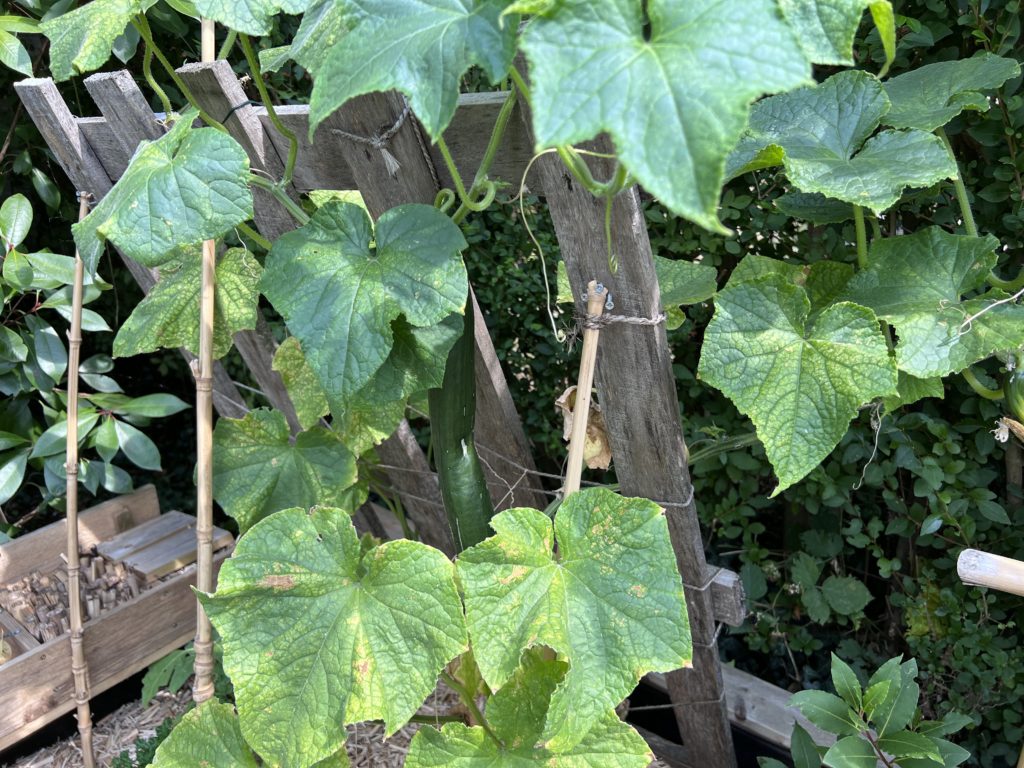
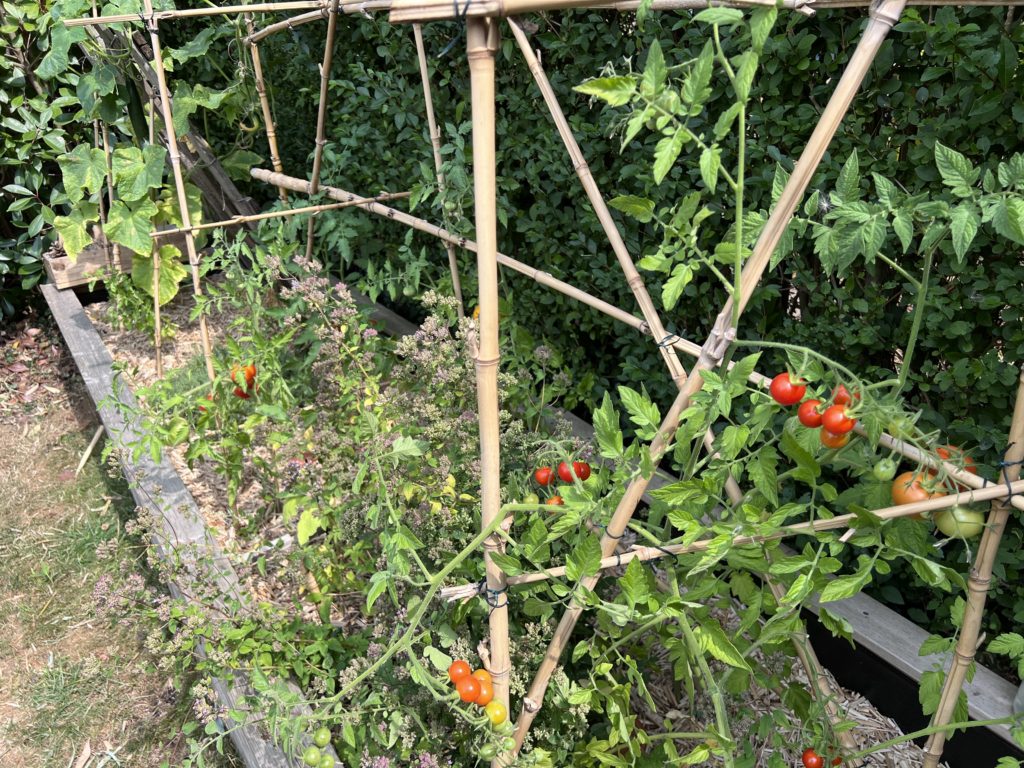
Growing sustainably
After the first year of cultivating my vegetable garden, I realized that any reduction it was making in my resource consumption was offset by the resources required to grow the garden itself. I knew that buying my plants from the traditional sector meant they would have greenhouse gas emissions associated with their production, and tending the garden also increased my water use.
In 2021, I decided to try to make my garden more sustainable. For that, I turned to heirloom seeds. Heirloom vegetables are old varieties of plants that are often local to the region and have seeds that can be collected by gardeners year after year. This allowed me to stop depending on foreign trade for my seedlings, reducing the environmental impact of my garden.
To address my increased water usage, I turned to another ancient agricultural technique: ollas. Pronounced “oy-yah,” an olla is an unglazed terracotta pot that is filled with water and buried underground in the garden bed, with the neck of the pot exposed at the surface of the soil. The technique has been used for thousands of years, and is thought to have originated in ancient China or Northern Africa.
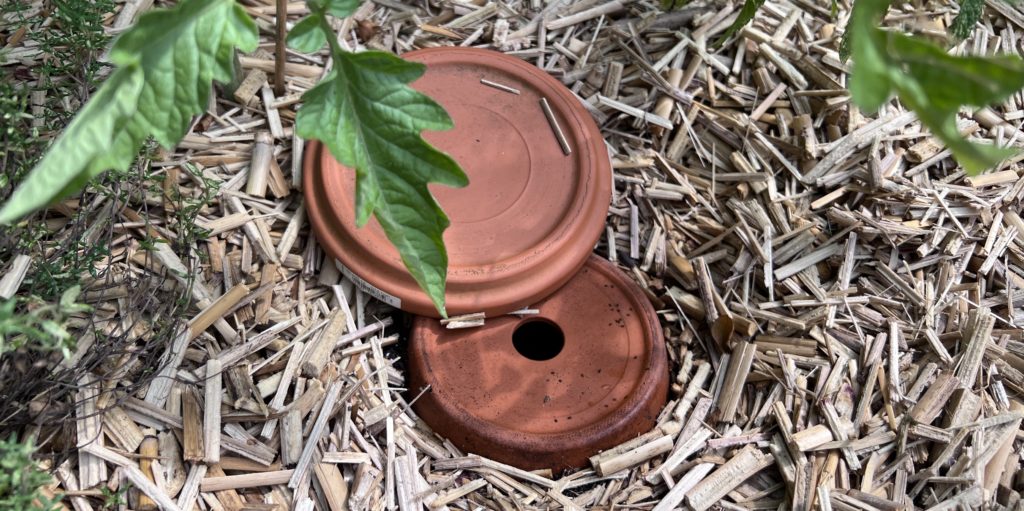
The principle is simple: the unglazed terracotta allows the water to seep slowly into the soil, which absorbs more or less depending on its level of dryness. This technique allows me to reduce my waterings by three times, while still maintaining my desired level of soil moisture.
I also recovered pallet wood from the trash and increased the surface of my vegetable garden to five square meters. I raised my garden beds to naturally protect my vegetables from certain insects without using chemicals.
These changes allowed me to expand my vegetable garden without increasing my environmental footprint.
A garden is a habitat
Having a vegetable garden is also a wonderful opportunity to provide habitat for the many animals and insects that surround us. I set out to create an “insect hotel” with reclaimed wood and bamboo growing in my garden. The goal was to attract pollinators and improve the productivity of my plants, but also to provide a pollinator habitat free from pesticides.
I then added a mulch that not only keeps the soil moist in direct sun, but also provides shelter for insects. When it degrades, the nutrients feed the soil directly.
Today, I am proud to see the birds, squirrels and bats who come take advantage of my space, whether it is to eat certain fruits or enjoy a little humidity when it is hot.
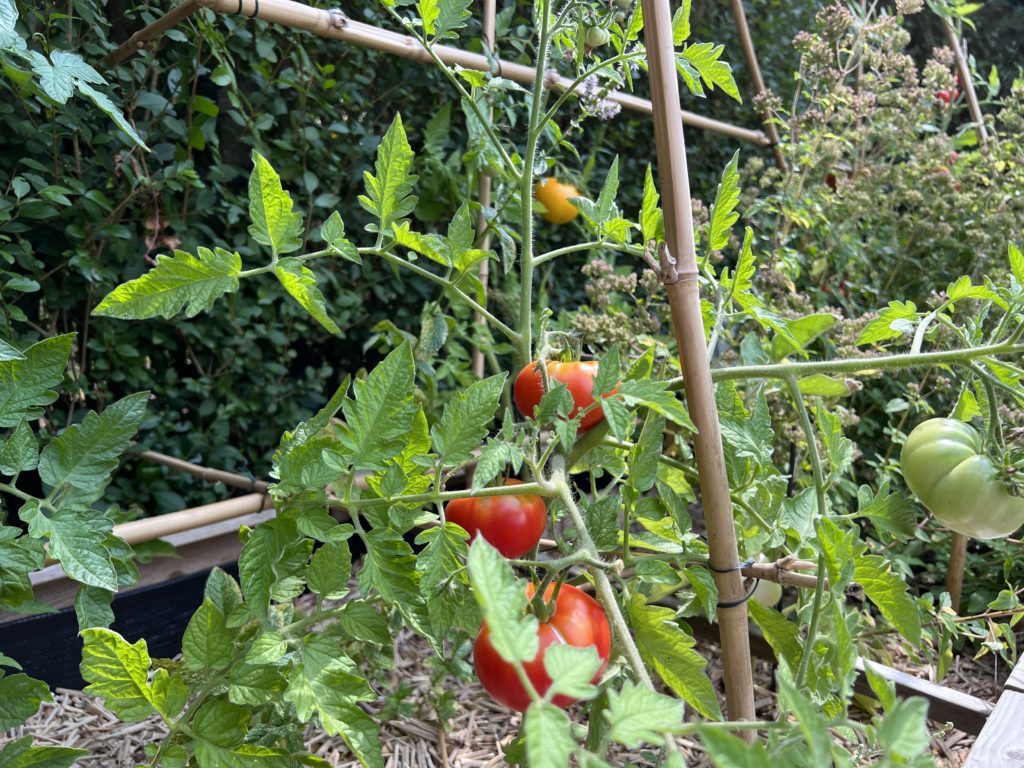
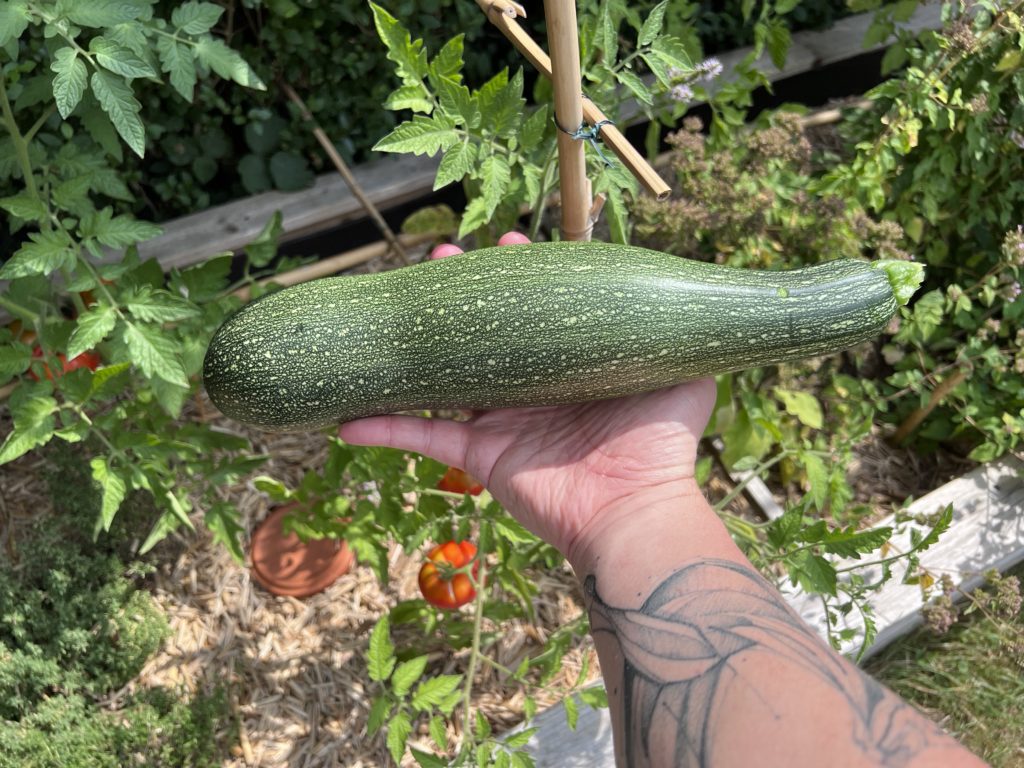
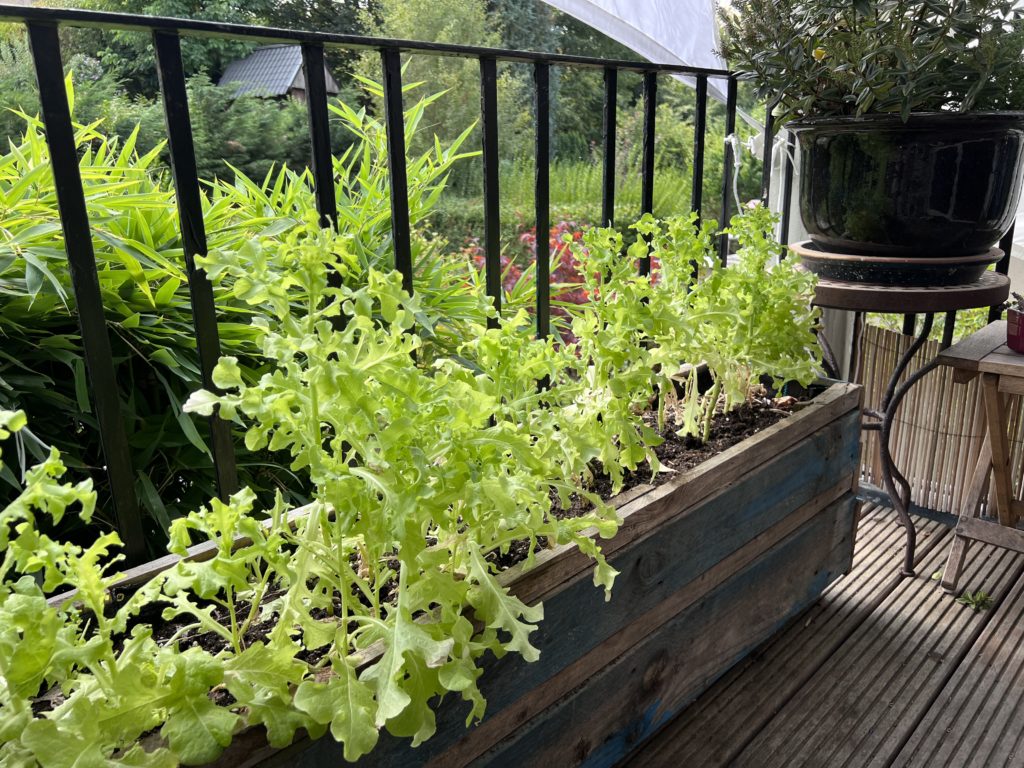
Small steps toward self-sufficiency
My journey toward a more sustainable garden has opened my eyes to a world where ecosystems and the environment play an essential role in the health and continuous functioning of the garden. It is gratifying to feed myself from my garden and relax by getting my hands dirty. After spending most of the workday locked into a virtual world, in the garden I feel like I’m touching something real.
Today, even if I am not completely self-sufficient, my primary goal remains limiting my impact as much as possible and taking care of the nature that surrounds me.
In the Press
This story first appeared in French as “Avec le covid, les mains vertes ont pris un coup de jeune“
Le Soir, 22 March 2022 by Julien Bosseler